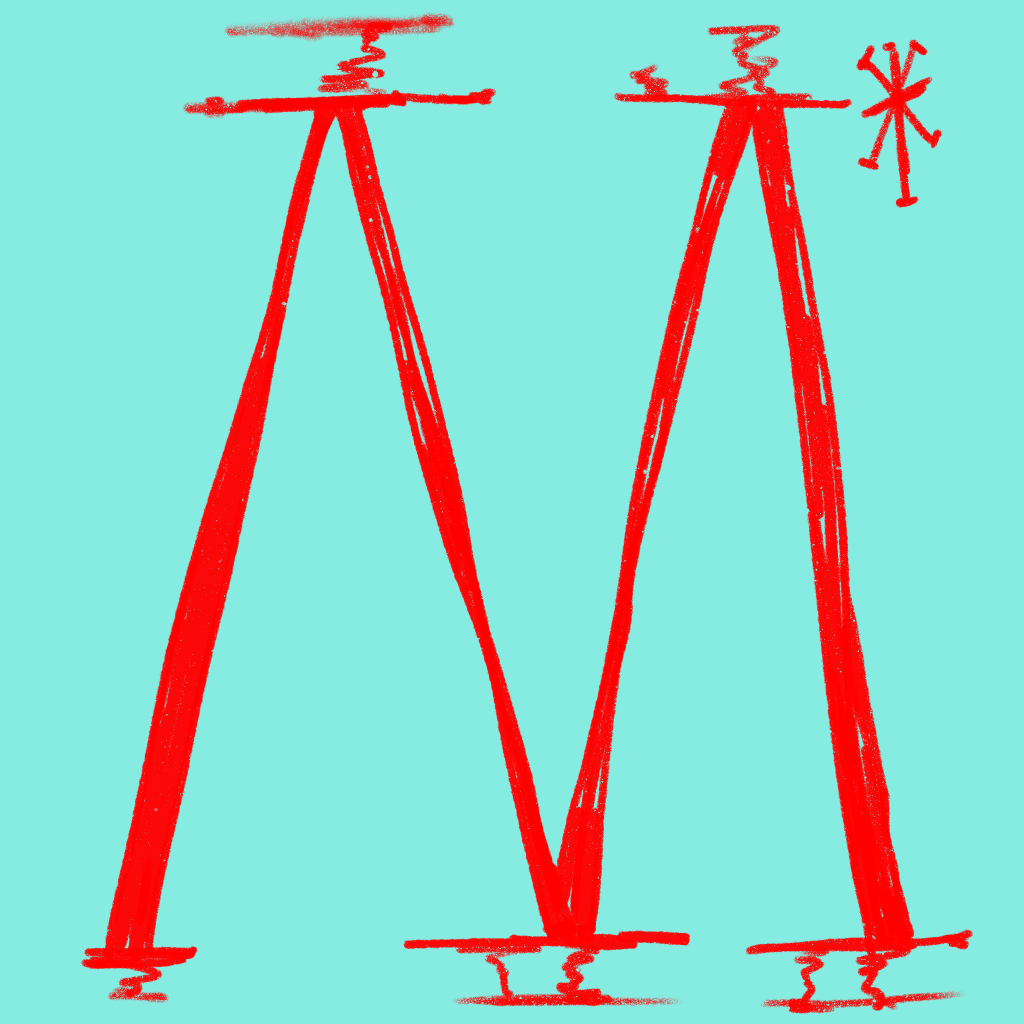

Explored graveyards in London, which I found 4 types of burial sites in the UK.
- Burial Ground: Typically located next to city churches and city downtown.
- Cemetery: As exemplified by one in Dean Village, Edinburgh.
- Necropolis: Situated on the outskirts of the city with a long history.
- Highgate: my own discovery, a cemetery in London I often visit, where I find animal tombstones, which are quite cute.

Unlike the cemeteries in the UK, which sometimes serve certain public park functions. Cemeteries in China distinguish between the attributes of ritual and those of parks–dividing them into public cemeteries and memorial parks.
From the images, it is evident that the spacing between tombstones is quite narrow. Upon consulting relevant regulations, it was discovered that they all emphasize the same rule—the use period and planning of burial plots must adhere to the basic principle of land conservation.

Apart from Qingming Festival, I don’t visit cemeteries. Rarely do we discuss death rationally with family; instead, we silently reflect when parting moments arrive.

Due to the differences in cultural and historical development, especially in death culture, people’s behaviors in front of tombstones and within cemeteries also vary.

But at Highgate, I noticed that the epitaphs on the tombstones were very warm words, and you could really feel the attitudes of the people buried there towards life.

I found out that the residential areas next to the cemetery even have higher prices and the apartments are more livable. Turns out, it’s because they’re “more peaceful and have a better view.”

In China, people really care about Feng Shui, and in Feng Shui, death and graves are considered unlucky symbols. Even with the tombstones of their own relatives, people will remind children not to touch them carelessly.

However, during festivals like Qingming and Zhongyuan, people have many elaborate and thoughtfully prepared ritual offerings. Paper money in different patterns and various types of paper-made products.

The industry standard “Basic Terminology of Gardens” defines a cemetery as a landscaped public cemetery. It is no longer an isolated, bounded special place, but rather it transforms into an urban ecological, open green space that blends into the suburban natural landscape, permeates residents’ lives, and suffuses the city’s green fabric. It is a part of the overall ecological environment.
Cemeteries can be seen as a modern evolution of graveyards. From the definition, a cemetery is a landscaped public cemetery. This indicates that the original funeral function of a public cemetery is merely a subordinate function within the cemetery. Modern cemeteries also include ecological, recreational, educational, and other functions that past public cemeteries did not possess.

Custom paper offerings reflect societal changes. However, with urbanization and changing attitudes, the demand for these handmade items has declined, increasingly replaced by machine-printed alternatives. Zhang Xu Zhan recalls a time when his family considered renting out their home because they had only one commission in an entire year. In 2013, his family collaborated with illustrator Zhan Yu Zhu to create a new cultural project around paper offerings. They curated exhibitions, started a Facebook page, and ran workshops, breaking taboos and gaining continuous invitations. Their paper figures entered a museum in France and were humorously photographed at landmarks like the Louvre, receiving widespread online recognition and introducing more young people to the art of paper offerings.

Custom paper crafts reflect changes in society. However, with urbanization and shifting attitudes, this traditional art has declined, increasingly being replaced by machine-printed products. In 2013, the family teamed up with illustrator Zhan Yu Zhu to revitalize this craft by launching a new cultural initiative focused on paper offerings. They organized exhibitions, created a Facebook page, and held workshops to challenge taboos and engage more young people in this traditional art.

The second case study
It is a visual project by a visual designer from China. Centering on herself, she has designed a set of funeral offerings, including a shroud, funeral wreath, and paper money. She aims to explore the meaning of death from a personal perspective, purely seeking to discover how to commemorate herself in a way that she prefers.
Both artisans and designers are exploring modern ways of conducting rituals through their own perspectives, and these visual arts and design works also reflect the changing attitudes towards death.
